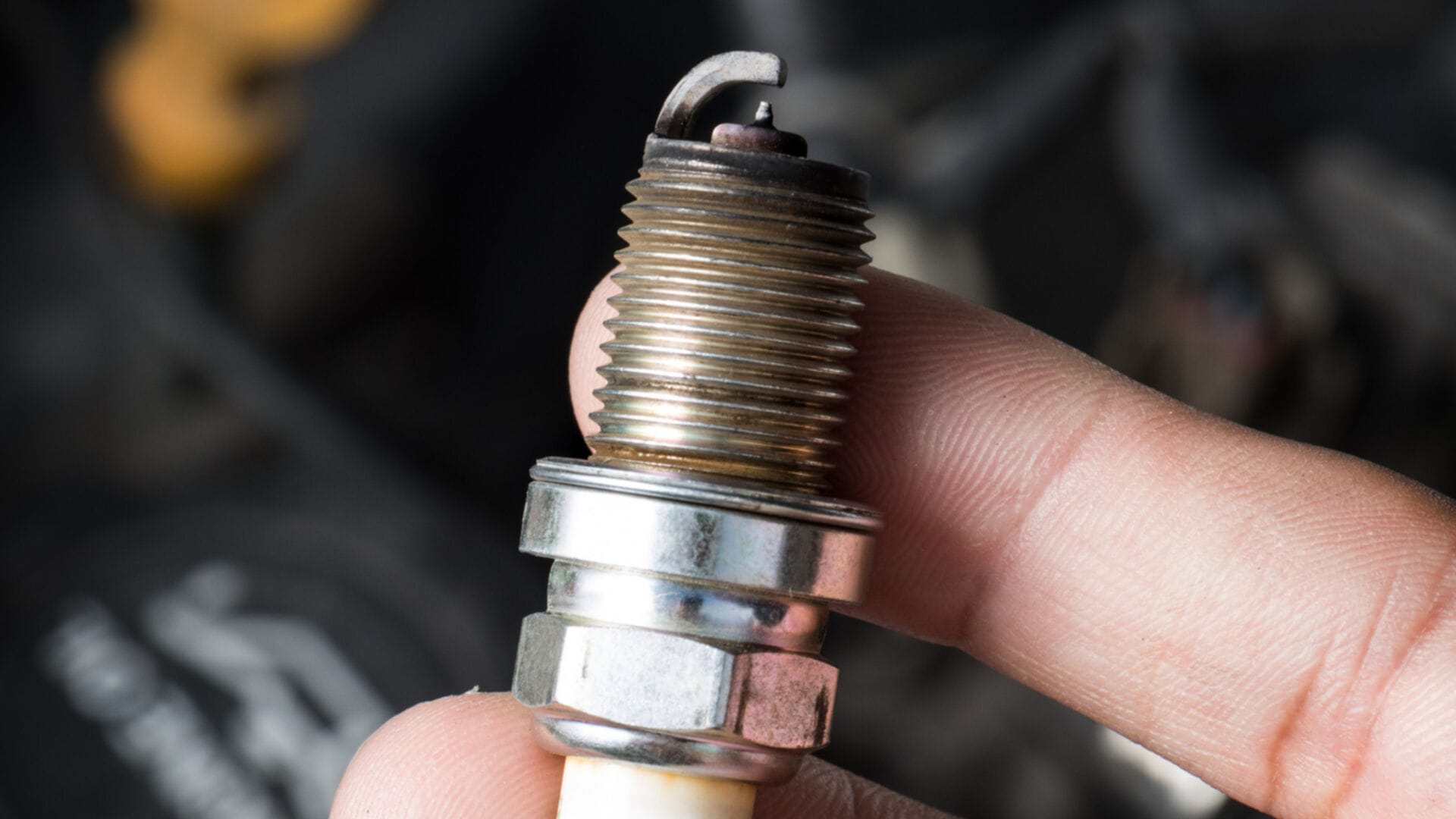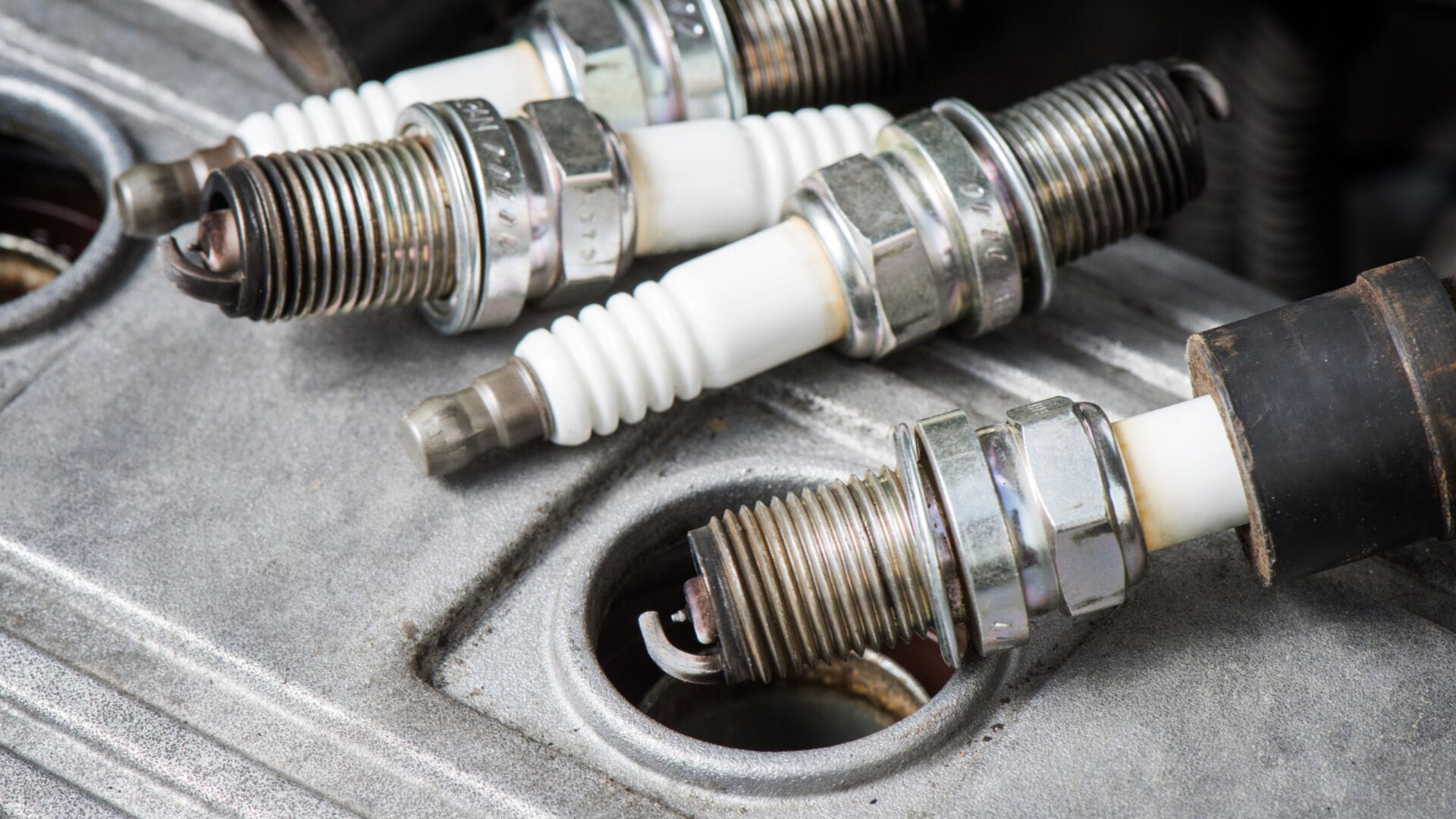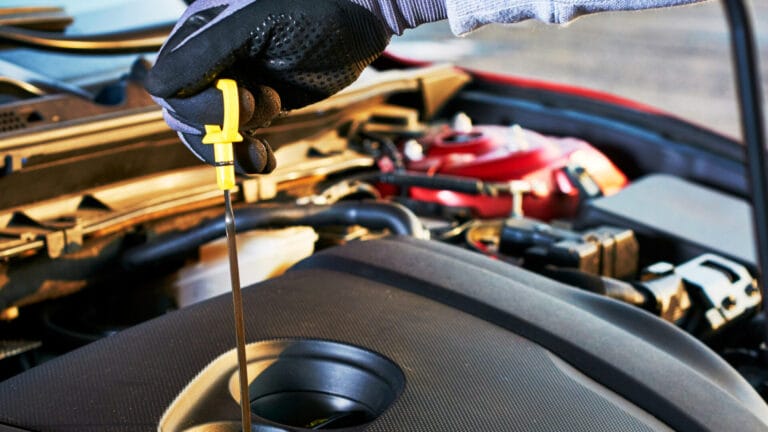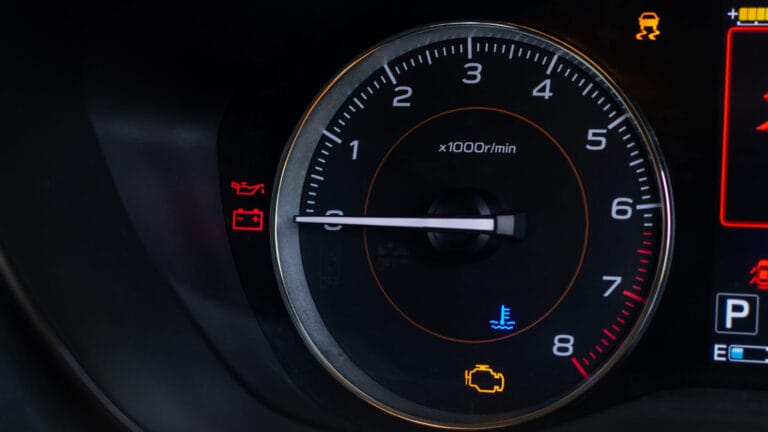Why Do My Spark Plugs Keep Burning Out? Symptoms And Solutions
The main function of a spark plug is to ignite the air-fuel mixture by generating a spark. However, when these plugs burn out, the fuel efficiency of the car may be reduced by up to 30%. Unfortunately, many car users encounter this spark plug issue frequently.
But why do my spark plugs keep burning out? Generally, improper heat range, plug gap, plug type, and driving conditions are responsible for this issue. Besides, overheating, carbon deposits and oil fouling also contribute to the frequent burnout of this plug.
In this article, we will discuss the symptoms and solutions regarding this issue. Hence, without further ado, let’s start.

Why Do My Spark Plugs Keep Burning Out?
Several factors can contribute to spark plugs burning out prematurely. Here are some common reasons:
- Incorrect Heat Range
This plug’s case and thread dissipate almost 60% of the heat. Less than 40% of the cylinder head’s conductivity is transferred by the seal ring. Generally, the heat rating of the plug will indicate its thermal endurance.
Normally, most spark plugs have a heat range of around 500°C-800°C. When the plugs are too cold, they will not burn the carbon sufficiently, and build-up will take place. Also, using too-hot plugs will lead to overheating and pre-ignition.
- Overheating
If there isn’t adequate coolant in the car’s coolant tank, this may cause engine overheating. When this heat will transfer to the plug, will lead to loss of ignition ability of the plug.
Overheating can also lead to pre-ignition, and the spark plug will get excessively hot. Eventually, this may lead to the burning out of the plug.
- Fuel Mixture Issues
Running a too-rich or too-lean fuel mixture can affect the spark plug’s performance. Generally, an air-fuel mixture having a ratio of 15:1 to 16:1 is preferable. A rich mixture may lead to fouling, while a lean mixture can cause overheating. These can both be the reason for burning out your car’s spark plug.
- Incorrect Gap
Generally, you will find the gap between the spark plug’s electrodes is around 0.6 mm-1.3 mm. This gap indicates the amount of voltage needed to ignite the fuel inside the combustion chamber. Thus, improper spark plug gaps can affect the spark’s efficiency and even burnout.
- Oil Fouling
Sometimes, oil may get into your car’s spark plug due to clogged crankcase ventilation or PCV valve. Also, worn valve cover gaskets and seals of intake valves can be responsible in this regard.
The oil may coat the plugs’ electrodes and ceramic body. As a result, it will hamper the transportation of electricity through those electrodes. Therefore, it may cause the burning of your vehicle’s spark plug.
- Carbon Deposits
Whenever improper combustion occurs in your car, it will leave carbon deposits on the plugs. Over time, when the deposits build up, they will start to hamper the current flow through the plugs.
This carbon building will also play a role as an insulator by insulating the heat. As a result, the spark plug will encounter overheating issues, and the electrodes may melt down.
- Incorrect Spark Plug Type
Depending on the engines, the required dimensions and types of spark plugs will also vary. When you use the wrong type, it will lead to poor ignition. This may result in fast wear out of the plug, and it may keep burning shortly after being replaced.
- Driving Conditions
If you drive frequently at short distances or low speeds, it can cause carbon buildup on the plug. In this case, the engine won’t generally reach normal operating temperature. This results in insufficient combustion and carbon deposits. Hence, eventually, it will be responsible for the burnout of the plugs.
What Are The Symptoms Of Burnt Spark Plugs?

Symptoms of burnt spark plugs can indicate various issues with your engine. Here are common signs that indicate your spark plugs might be burnt:
- White smoke coming from the car’s tailpipe.
- The engine misfires, and the engine stumbles or hesitates during acceleration.
- Burnt spark plugs can lead to decreased power, poor acceleration, and an overall reduction in engine performance.
- You will experience a hard start.
- A rough or uneven idle where the engine shakes or vibrates at a standstill.
- Burnt spark plugs can be responsible for higher fuel consumption.
- Pre-ignition caused by burnt spark plugs can result in engine knocking or pinging sounds.
How To Solve The Spark Plug Burning Out Issue?
If the spark plug of your vehicle keeps burning out, follow these methods to solve the issue:
- Replace The Burnt Spark Plug
First, you need to replace the burnt plug by following these steps:
- Step 1: When the engine cools down, disconnect the battery.
- Step 2: Locate the spark plug and disconnect the wirings or connectors from the plug.
- Step 3: Using a socket, unfasten the plug from the car’s engine.
- Step 4: Install an appropriate new plug into the place using your hands. Then fasten it another ½ turn using a socket.
- Step 5: Reconnect all the wiring and connectors to the plug and battery terminals.
Check this YouTube video to visualize the spark plug-changing process better:
- Refill Coolant
You need to open the car’s hood and check the coolant reservoir. If the coolant level is lower than the minimum mark, fill the reservoir by following steps:
- Step 1: Mix coolant and water in a 1:1 ratio before pouring it into the reservoir.
- Step 2: Open the reservoir cap and fill the reservoir with coolant till the max point.
- Tune the Carburetor
If you notice symptoms like knocking, pre-ignition, and black exhaust gas, these indicate the air-fuel mixture issue. You need to tune the carburetor to adjust the fuel-air mixture so that it doesn’t run too rich or lean. For that, follow these steps:
- Step 1: To access the carburetor, remove the air filter.
- Step 2: Locate two flat screws on the front surface of the carburetor. These two screws are the fuel-air mixture adjustment screws.
- Step 3: Let the engine run for a short period to reach the proper operating temperature.
- Step 4: Using a screwdriver, turn both of the screws counterclockwise to lean mixture.
- Step 5: After that, slowly keep turning them clockwise to get the appropriate mixture setting. At the accurate setting, the engine won’t rattle. Instead, it will purr quite smoothly.
- Proper Spark Plug Gap
You need to ensure the spark plug gap isn’t more or less than the recommended gap for your engine. To maintain the proper plug gaps, here are the steps:
- Step 1: After taking out the spark plug, check the gap between the electrodes using a gaping tool.
- Step 2: If you find the gap is wider than recommended, reduce the gap. For this, bend its ground electrode inward.
- Step 3: To widen the gap, just bend the electrode out.
- Step 4: Avoid putting excessive pressure during this process. Otherwise, it may damage the central electrode.
To understand the gap adjustment process better, look at this picture:
- Clean PCV
To clean the clogged PCV, follow these steps:
- Step 1: Look for the PCV valve with the help of a user manual of your vehicle. Normally, you will find it near the intake manifold with a L-shaped housing.
- Step 2: Make sure the engine is cool. Then, pull out the valve cover from the housing.
- Step 3: Take out the PCV valve by using a pliers. Make sure you are wrapping a cloth or towel around the valve before clamping the pliers.
- Step 4: Use compressed air to blow out any debris or use a rag to wipe away deposits. Also, clean the hose, clamp, and gorment that attaches to the PCV.
- Step 5: If the PCV is damaged, you need to replace it with a new one.
- Step 6: Reinstall the cleaned or new PCV valve back into its housing following the reverse process of removing it.
- Replace Valve Cover Gaskets
When the valve cover gasket is worn out, you must replace it. Since it a complex task, you should consult a professional mechanic or auto repair shop for the replacement.
FAQs
In this FAQs section, we will give answers to several questions regarding the spark plug burning out.
Can I Visually Diagnose A Burnt Spark Plug?
Yes. You need to look for erosion, deposits, discoloration, or melting on the spark plug. Generally, the electrodes will be melted, and insulator tips will contain blisters in this case. You will also find white deposits when it is burnt out.
How Often Should I Replace My Car’s Spark Plug?
Generally, it’s better to replace it after every 30,000 miles or in 3 years. However, extended-range ones can last around 10,000 miles without being burnt. It’s better to follow the car’s owner’s manual to conduct the routine spark plug replacement.
Can I Drive a Car With The Burnt Spark Plug?
Though you can, you shouldn’t. Letting the symptoms of a burnt spark plug linger may result in starting failure. Sometimes, your car may die suddenly while driving. Also, the catalytic converter may fail.
Conclusion
Failure of spark plug causes poor fuel economy, misfiring, rough idling, hard starting, and white smoke. But why do my spark plugs keep burning out? Normally, overheating, short-trip driving, incomplete combustion, and oil contamination play a role in this regard.
Alongside, the wrong heat range, type, and gap of the spark plug are also responsible for this. We always suggest not to linger with the symptoms of the burnt spark plug. Upon detecting symptoms, replace the burnt plug, adjust the plug gap and carburetor screw, and refill the coolant.






